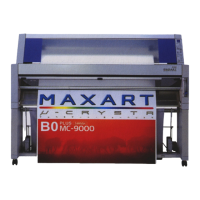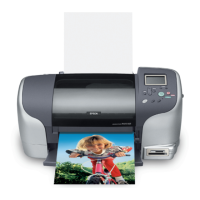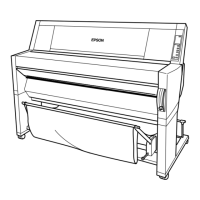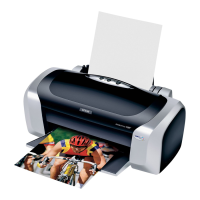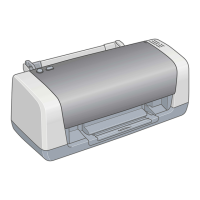Pro 7900 and 9900 Field Repair Guide 10/6/10
Cleaning Cycles (Types and Uses) Printer Component, Software Item, LCD Display, Printer Button Page 393.
Cleaning Cycles (Types and Uses)
About All Cleaning Cycles
The Ink System is tuned to the gentle ink flow demand generated by printing.
All Cleaning cycles employ a much stronger ink demand than printing.
It is not unusual for the Ink System to “pull back” after a cleaning cycle drawing air or ink from the Cap into the Print
Head Nozzle Plate. This can cause more Nozzles to be missing after a cleaning cycle than before. It also can cause
contaminated (used) ink to be mixed with the “fresh” ink in the Nozzle Plate.
If the same Nozzles are missing after each cleaning cycle, continue cleaning.
If different Nozzles are missing after each cleaning cycle, stop cleaning, and print until the air or contaminated ink
has been expelled from the Print Head.
Normal Cleaning: User Menu/MAINTENANCE/CLEANING/NORMAL
When a normal cleaning is activated, the Printer cleans all 5 color pairs, and uses the AID Circuitry to check results.
According the information reported by the AID Circuitry the Printer increases or decreases the strength of the clean-
ing cycle appropriately, and only cleans the color pairs that require additional cleaning.
The Printer always cleans color pairs individually. A color pair is defined as 2 colors that share a Cap. In theory the
Printer will only clean the color pairs that have missing Nozzles. Cleaning color pairs individually takes more time,
but saves Ink.
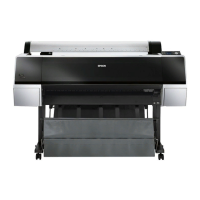
